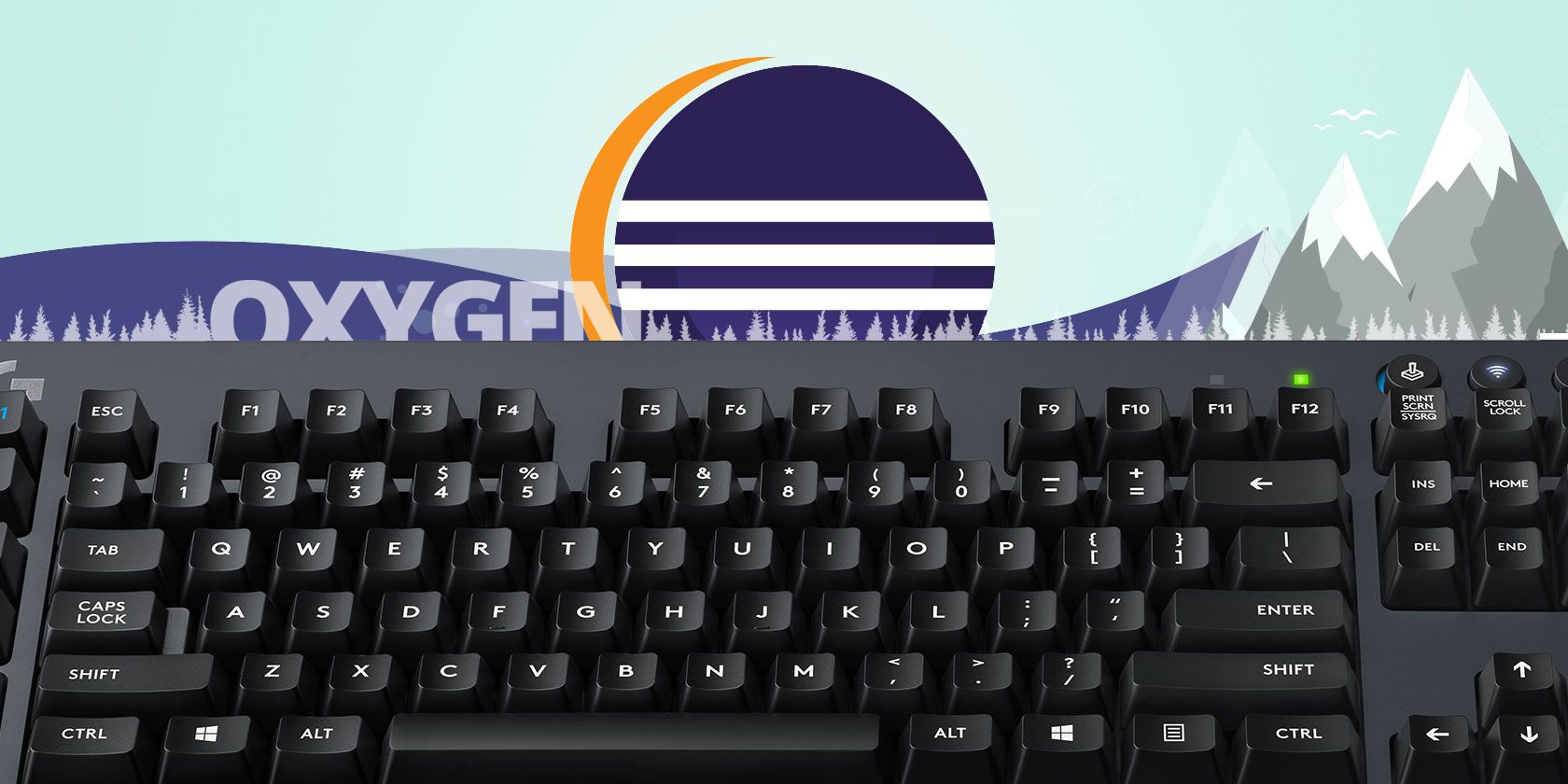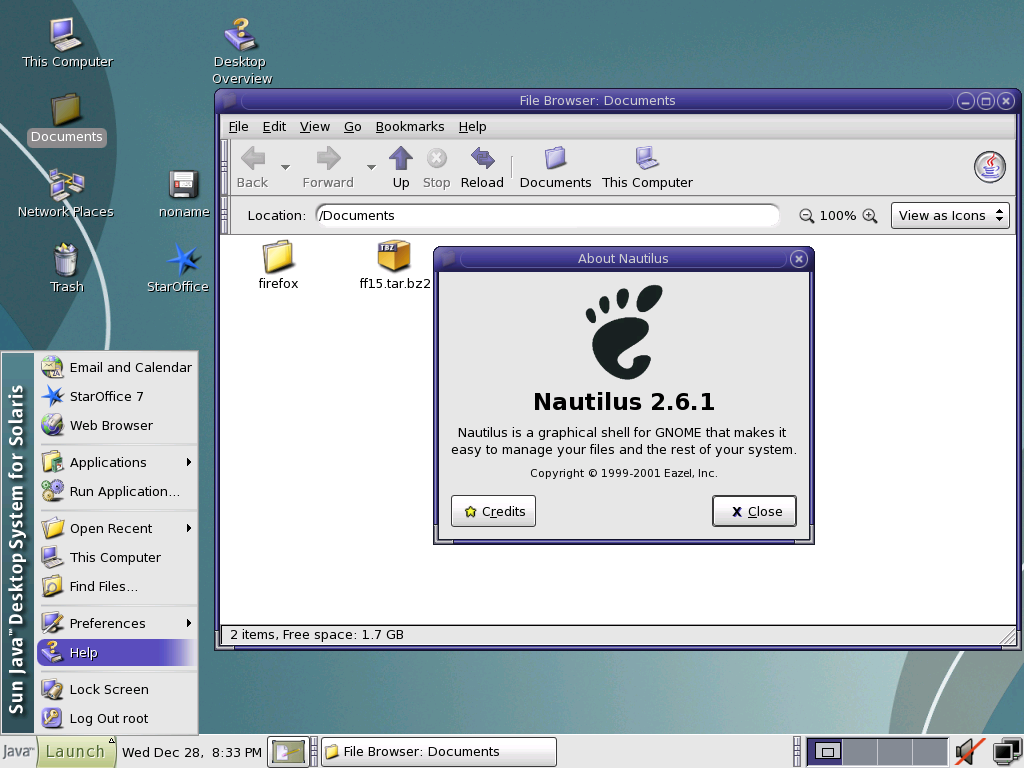



- Create a desktop shortcut on a mac for a java program how to#
- Create a desktop shortcut on a mac for a java program install#
If you are developing exclusively for GNOME, you may want to use the standard set of GNU Build Tools. The path printed on stdout refers to a location that should contain a directory called pixmaps the directory structure within the pixmaps directory is described in the Icon Theme Specification. A user currently logged into their KDE 4 desktop can discover these locations by using kde4-config, for example, by typing the following in a terminal window: K Desktop Environment (KDE)Īpplication icons can be installed for use by all users, or on a per-user basis. Generally, application icons are added to the hicolor theme, so a square application icon 32 pixels in size would be stored in the hicolor/32x32/apps directory beneath the icon path. A number of locations for icons are given in the Icon Theme Specification.Īlthough the path used to locate icons depends on the desktop in use, and on its configuration, the directory structure beneath each of these should follow the same pattern: subdirectories are arranged by theme, icon size, and application type. More information about desktop entry files can be found in the Desktop Entry Specification.Īlthough desktop entry files can usefully encapsulate the application's details, we still need to store the icons in the conventional location for each desktop environment. Both desktop environments are able to retrieve the information in these files, and they use it to generate shortcuts to applications on the desktop, in the start menu, and on the panel. These icons are representations of "desktop entry files" that contain a description of the application that includes information about its icon. Often, users do not use executable files directly, but instead launch applications by clicking icons on the desktop. For information on other Linux desktops please refer to the documentation for the desktops you are interested in. The main source of information on the standards used by these Linux desktops is. The core technology used to describe application icons is the same for both desktops, and may also apply to others, but there are details which are specific to each. In this section we briefly describe the issues involved in providing icons for applications for two common Linux desktop environments: KDE and GNOME. Setting the Application Icon on Common Linux Desktops icns file into your application bundle's Contents/Resources directory.

This will ensure that qmake puts your icons in the proper place and creates an ist entry for the icon. For example, if the name of your icon file is myapp.icns, and your project file is myapp.pro, add this line to myapp.pro: If you are still using qmake to generate your makefiles, you only need to add a single line to your. Finally, the add_executable uses the APP_ICON_MACOSX variable to set the application's icon.
Create a desktop shortcut on a mac for a java program install#
This variable is then used to configure MACOSX_PACKAGE_LOCATION, which defines the icon file's install location. The second set command defines the APP_ICON_MACOSX variable with the absolute path to the icon file. Notice that the first set command defines the MACOSX_BUNDLE_ICON_FILE variable, which is required to add the icon file to the ist file. # And this part tells CMake where to find and install the file itself # NOTE: Don't include the path in MACOSX_BUNDLE_ICON_FILE - this is
Create a desktop shortcut on a mac for a java program how to#
The following snippet demonstrates how to set up the application icon using CMake: icns file name to the MACOSX_BUNDLE_ICON_FILE variable. To configure the application's icon, the ist file generated by CMake must contain the icon information. Using this tool also compresses the resulting icns file, so there is no need for you to perform additional compression. iconutil is a command-line tool that converts iconset folders to deployment-ready, high-resolution icns files. icns), the recommended approach is to use the iconutil program supplied by Apple. To ensure that the correct icon appears, both when the application is being launched, and in the Finder, it is necessary to employ a platform-dependent technique.Īlthough many programs can create icon files (. It is possible that the program could appear in the application dock area before the function call, in which case a default icon will appear during the bouncing animation. The application icon, typically displayed in the application dock area, is set by calling QWindow::setWindowIcon() on a window. rc file, then link your application with the resulting. rc file and run the rc or windres program on the. If you do not use qmake, the necessary steps are: first, create an.


 0 kommentar(er)
0 kommentar(er)
